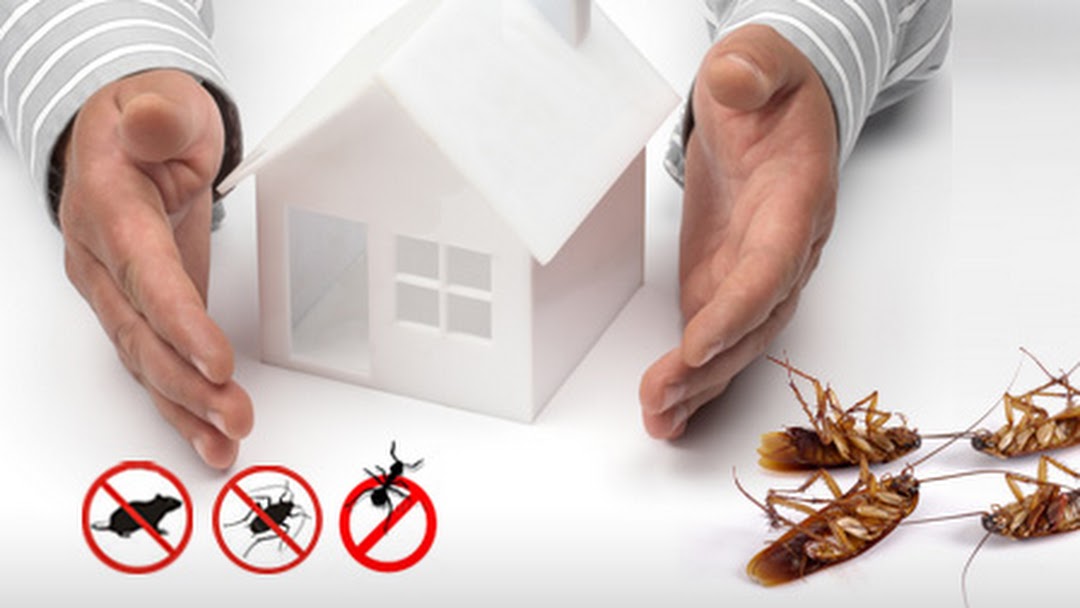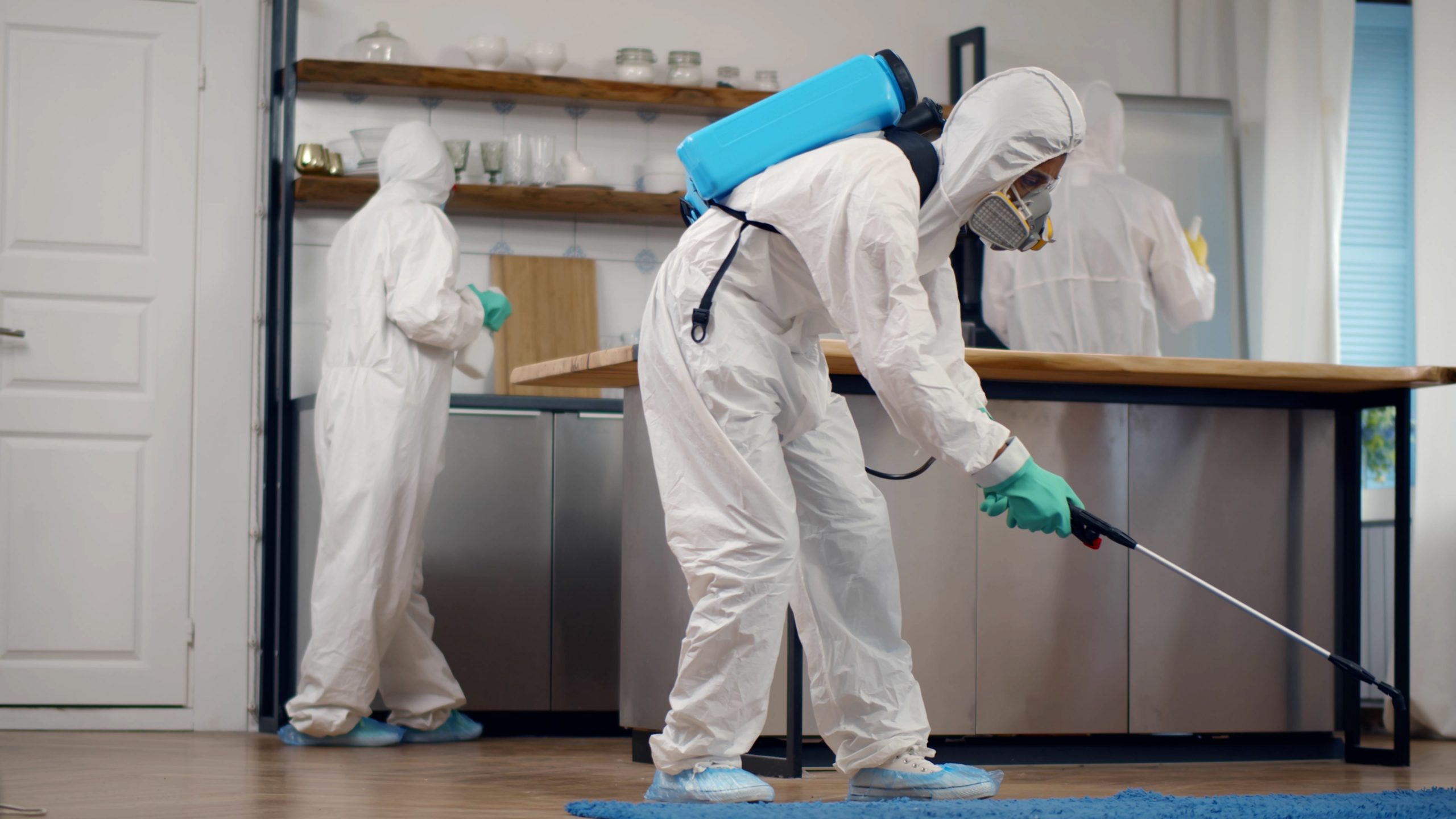Professional Wasp Control Coquitlam: Safe and Efficient Pest Removal
Professional Wasp Control Coquitlam: Safe and Efficient Pest Removal
Blog Article
Safe and Trustworthy Parasite Control for Lasting Security
Efficient parasite monitoring calls for a diverse approach that stabilizes eco-friendly stability with the requirement for efficient pest reductions. The subtleties of these techniques may not be immediately clear, motivating a more detailed exam of the practices that can lead to sustainable insect control end results.
Understanding Parasite Control Methods
Insect control includes a range of approaches intended at handling and eradicating unwanted insects and rats that can threaten both wellness and building. Recognizing these approaches is critical for effective pest administration.
The key categories of bug control approaches include mechanical, biological, and chemical methods. Mechanical techniques entail physical barriers and catches to protect against pest entry and capture undesirable varieties. Utilizing screens on windows or utilizing sticky traps can substantially minimize bug populaces without presenting harmful compounds - exterminator coquitlam.

Chemical insect control is typically the most acknowledged approach, utilizing pesticides to eliminate bugs. These chemicals can be effective but should be utilized with caution to prevent unfavorable impacts on non-target types and the environment.
Advantages of Eco-Friendly Solutions
Just how can environment-friendly solutions change insect control methods? The fostering of eco-friendly pest control approaches uses various benefits, considerably improving the effectiveness and safety and security of pest management.

One more advantage is the positive impact on regional biodiversity. Eco-friendly services are made to target details bugs while protecting advantageous bugs and wild animals, advertising a balanced environment. This method lines up with the expanding consumer demand for sustainable practices, improving the credibility of pest control carriers.
Integrated Insect Monitoring Techniques
The application of environmentally friendly services normally leads to the adoption of Integrated Bug Monitoring (IPM) approaches, which additionally improve insect control efficacy. IPM is an all natural technique that integrates multiple techniques to handle parasite populaces while reducing environmental impact. This method highlights making use of biological, cultural, mechanical, and chemical controls, making certain a well balanced and sustainable technique of insect management.
One basic aspect of IPM is the thorough analysis of bug activity and ecological conditions. By checking pest populaces and identifying their life cycles, specialists can apply targeted interventions that interfere with the pest's environment or lifecycle, reducing reliance on chemical pesticides. Furthermore, social methods such as plant turning and habitat adjustment can significantly reduce pest facility and recreation.
Another important component is the use of organic control representatives, such as advantageous bugs or microbes, which can naturally suppress insect populaces. When chemical applications advice are essential, IPM prioritizes using low-risk chemicals and uses them uniquely, reducing exposure to non-target organisms and humans.
Integrating IPM approaches not just boosts pest control efficiency however also advertises a more secure ecosystem, aligning with the growing demand for lasting practices in pest management.
Safe Practices for Property Owners
Comprehending the value of risk-free methods in pest control can empower property owners to successfully handle insect issues while guarding their health and the atmosphere. Executing non-toxic methods and preventive measures is vital in lessening exposure to damaging chemicals.
Homeowners need to first assess their setting for conditions that attract bugs, such as standing water, food, and mess waste. Consistently cleaning and securing access factors can deter bugs from invading the home. Making use of natural deterrents, such as crucial oils or diatomaceous earth, can offer reliable options to chemical pesticides.
When chemical treatments are needed, homeowners must select items that are particularly classified as safe for household use. It is crucial to follow application standards carefully to stay clear of overexposure. Utilizing targeted therapies in locations where bugs are recognized, rather than covering spraying, can substantially lower chemical use.
Lastly, keeping open interaction with insect control professionals is essential. Home owners must inquire about the security of items made use of and demand environmentally friendly choices whenever feasible. By taking on these safe practices, property owners can produce a healthier living atmosphere while effectively managing insect problems.

Tips for Long-Term Security
Developing a pest administration approach that emphasizes long-term defense can substantially boost the performance of the secure techniques formerly reviewed. To accomplish this, property owners must carry out routine assessments of their residential property, concentrating on hidden areas such as attic rooms, cellars, and crawl rooms. Early discovery of insect activity is crucial in preventing problems from taking hold.
These techniques decrease attractants that attract insects right into the home. Sealing entrance points, such as splits around doors and home windows, can effectively block possible pest gain access to.
Landscape design ought to additionally be thought about; maintaining plants trimmed and preserving a range in between greenery and the home lessens hiding areas for parasites. Utilizing natural deterrents, such as crucial oils or diatomaceous this website earth, can even more prevent infestations without considering rough chemicals.
Last but not least, collaborating with a professional bug control solution for periodic Learn More Here examinations can give an added layer of safety and security. These professionals can use tailored recommendations and advanced treatments, making sure that your home continues to be protected against insects in the long term.
Verdict
In conclusion, risk-free and trustworthy pest control requires a multifaceted method that stresses environmentally friendly techniques and integrated insect administration. By carrying out natural deterrents, carrying out routine examinations, and maintaining correct sanitation, homeowner can substantially minimize insect populations while shielding beneficial pests and the setting. Partnership with expert pest control solutions boosts the performance of these methods, guaranteeing tailored solutions that give enduring security and comfort against future invasions.
Efficient insect management calls for a diverse approach that stabilizes environmental integrity with the demand for efficient pest reductions. The adoption of environmentally friendly parasite control techniques offers various advantages, significantly boosting the efficiency and security of insect management.The execution of green solutions normally leads to the adoption of Integrated Bug Management (IPM) approaches, which even more improve pest control effectiveness. exterminator coquitlam. By keeping track of pest populaces and determining their life cycles, experts can execute targeted interventions that interfere with the insect's environment or lifecycle, reducing reliance on chemical pesticides.In verdict, dependable and safe bug control calls for a multifaceted technique that stresses environmentally friendly approaches and incorporated pest monitoring
Report this page